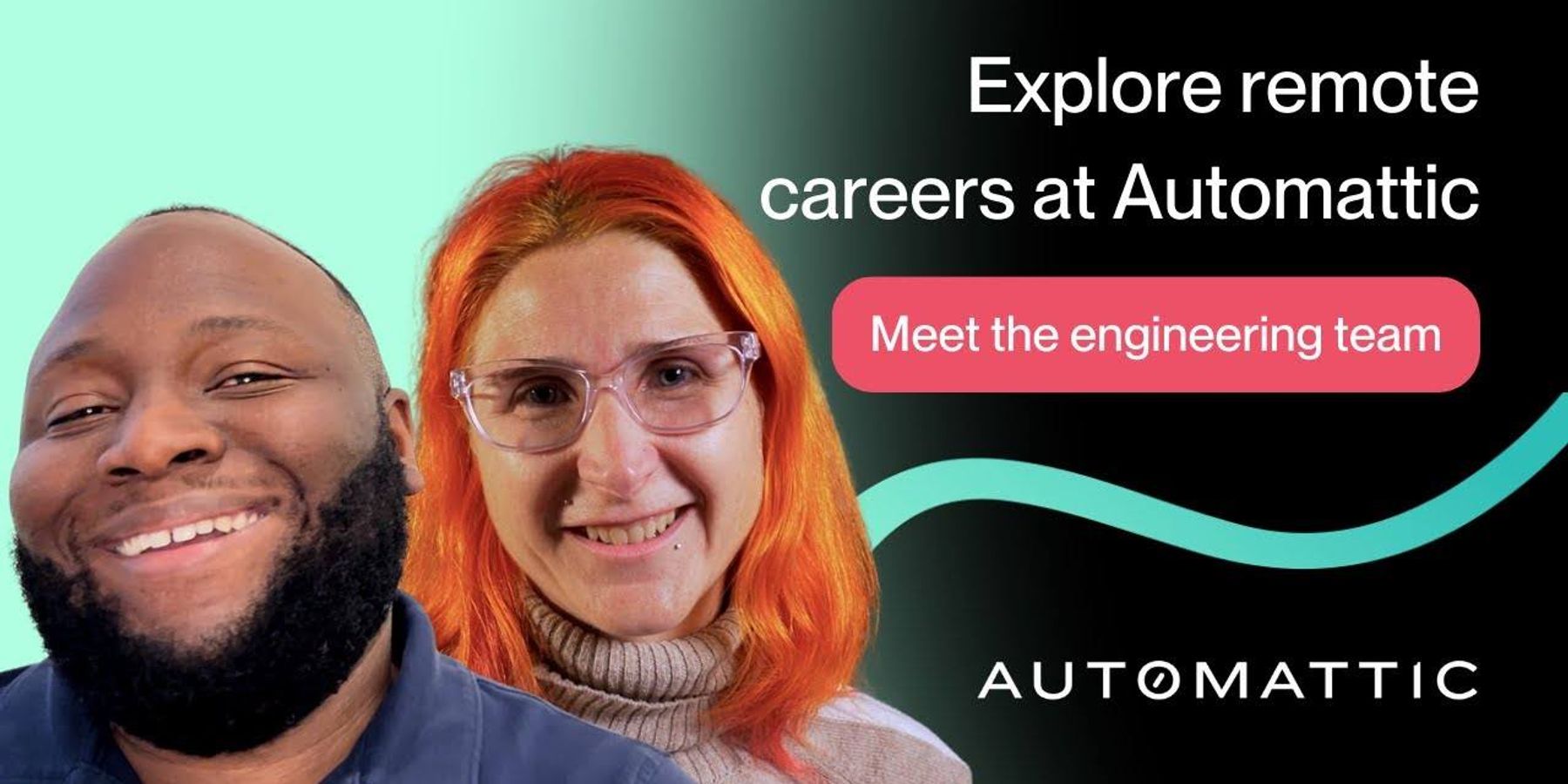Who doesn’t remember their first childhood invention? It’s hard to forget the magic of tinkering with ideas, sketching designs, and transforming concepts into tangible art for the first time.
For Liana Lewis, this journey began her junior year of high school, when her mother introduced her to the world of industrial design. Armed with curiosity, Liana enrolled in a pre-college program at the Pratt Institute, where she crafted her very first project: a living room lamp, designed and wired entirely by her own hands.
Today, as a senior industrial packaging designer at Sonos, Liana channels that early enthusiasm into every project she undertakes. “Packaging is a broad field that extends beyond boxes, and almost every industry involves packaging whether you’re in consumer electronics, food packaging, automotive, aerospace, cosmetics, the list goes on,” she shares. “The work is not only fun but rewarding seeing the joy from our customers sharing their unboxing experience.”
We caught up with Liana to dive deeper into why she chose a career path in packaging design, including her best advice on how you can kickstart your own journey in the field.
The perfect blend of art, design, & science
Following that momentous high school project, Liana tried her hand at packaging design for a myriad of products, including designing storage for automotive and aerospace parts plus packaging tools and innovating packaging for home goods.
“I found many companies were seeking an industrial designer to work in packaging throughout various industries,” Liana recalls.
Beyond the job security, Liana was also drawn to the blend of art, design, and science in the packaging development process. “I get to use my creativity to solve problems and design for people directly.”
This starts with user research like a packaging audit, preliminary testing with an early physical prototype, or evaluating existing packaging. “After gathering and organizing information, I can move to the preliminary design phase,” Liana continues. “I’ll host brainstorming sessions to capture our ideas and stretch our thinking for solutions. Then, I’ll compile sketches and refine two to three designs with our packaging engineering team and design partners. During that time, I will use 2D packaging software to create the package guidelines, 3D program modeling to design our molded fiber cushions, and Keyshot to create realistic renderings. I will constantly go from prototyping back to sketching ideas until I get to a design intent.”
This entire process appeals to Liana’s analytical and creative brain. It’s like a puzzle — or a game — where she gets to design and reiterate until the perfect solution emerges.
3 reasons to consider a career in packaging design
“The biggest misconception [in packaging design] is that we're confined to one role,” Liana says. “But, the reality is, we wear many hats in this industry and have a diverse skill set.” To clear the air — and potentially guide you toward your dream career — Liana shares three reasons to consider the packaging design niche:
- You’ll have diverse opportunities. “There are many roles in packaging design, from visual communication to structural design and experience. It’s a blend of art, science, and engineering.”
- You’ll be at the forefront of material innovation. “Packaging materials are not confined to just wood-fiber paper. There has been increased innovation in areas such as seaweed paper, algae ink, mushroom-based packaging (mycelium), and cushioning made from Chiton (marine mollusk shells). The exploration is endless when it comes to using alternative materials that are better for the environment.”
- You can make a positive impact on the environment. “If you have any passion in this area, these roles impact our societal goal of reducing our global warming impacts through efficient transportation, reusability, and more. This job goes beyond creating joyful experiences, and we have a crucial role in the way we design for our recycling streams.”
Ready, set, package!
Does it sound like packaging design ticks all the right boxes for you, too?
“Most of the applicable software and skills you will need to use are learned through an accredited college or university,” Liana offers as a first piece of advice. “Look into schools that have a dedicated industrial design or packaging design program that will help you build a portfolio and have the right foundation to set you up for success.”
Other courses to enroll in include photography (to understand image composition, color management, and editing), writing (to clearly and concisely communicate your thoughts), and visual communication (to learn content layout, typography, and branding).
And last, Liana encourages you to enjoy the process. “I never thought I would find myself in a packaging experience designer role at Sonos, and I’ve never been happier,” she says. “I am fortunate to work with a talented team of individuals from diverse backgrounds every day that pushes me to become better.”
Start your packaging design career with Sonos! They’re hiring across a range of roles and departments. Explore the opportunities here.



